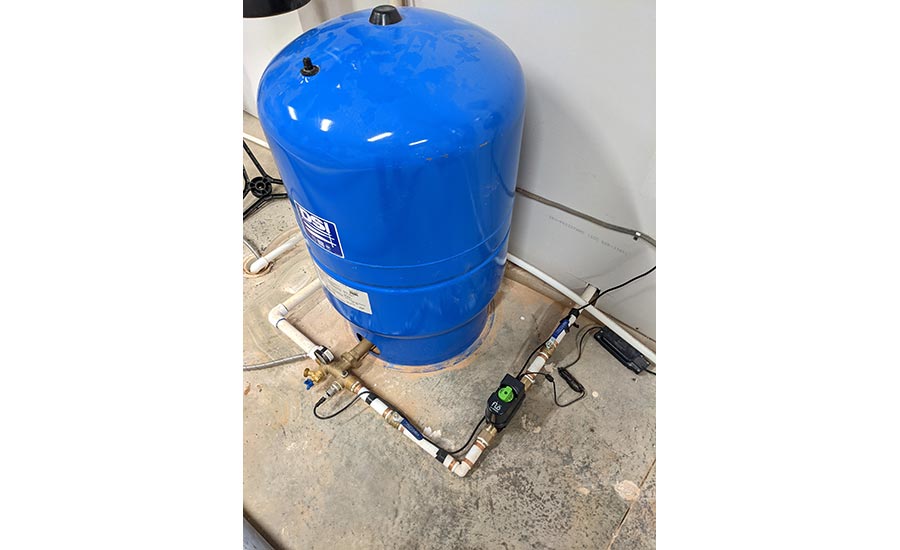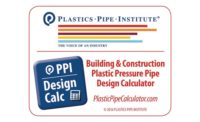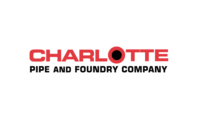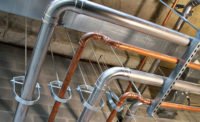The Hartford Insurance Co., in its statistical review of types of insurance claims, lists water and freeze damage to properties accounts for 15% of their insurance claims. The total annual losses due to water damages cost the United States $15 billion dollars, according to Iproperty Management. The pay out is not only staggering but the inconvenience, emotional and business interruption losses are impossible to measure. When insurance companies payout, insurance costs will generally increase to the property owner, if not individually, but like a rising tide to all of their customers.
Forensic engineers determine the cause of a plumbing failure’s water damages. These failures usually result from one or a combination of things, including failed plumbing products, installation error, wrong plumbing part, freezing, environment, over pressurization, blocked pipes, system design error and/or impact damages. The cause of a plumbing leak is analyzed forensically by forensic engineers.
Forensic inspection begins with an onsite inspection of where the leak occurred. This inspection involves:
- Taking photographs and measurements of failed parts and sketching out the system;
- Interviews of the building occupants who witnessed the leak and, if available, interviews of anyone that previously worked on the system that leaked or provided repairs after the leak;
- A non-destructive inspection of the parts that leaked and review of supporting installation literature;
- An exploration of any potential causes, such as installation errors, water quality that may have destroyed the plumbing parts over time and the impact to the plumbing from the surrounding environment or system use; and
- The failed parts are taken as evidence for subsequent lab inspection. Parts are carefully removed, packed in protective materials, documented, and stored in a secure evidence locker.

The forensic examination begins in the field and can end in the laboratory with materials scientists looking at the plumbing parts that failed under high-powered electron microscopes for material failures.
The scope of the loss in dollars determines the amount of money spent forensically to determine the cause of the failure. Insurance companies (with lawyers sometimes involved) will go through a process called subrogation. Subrogation is defined as the substitution of one person or group by another in respect of a debt or insurance claim, accompanied by the transfer of any associated rights and duties. In simple terms, "it wasn't my client's fault, so we need to find out whose fault it was and have them or their insurance company pay." Insurance adjusters handle the claim for the insurance companies and hire forensic engineers and lawyers to assist. Therefore, it is essential to be properly insured. Anyone involved — even remotely — in a plumbing leak that causes damages will be notified of the claim and will want to be involved in the forensics process to make sure they are properly represented. If you have insurance, the insurance companies will pay for this representation for the potential to avoid paying out on a claim.
Commercial water leaks
There is an adage that water leaks in commercial buildings occur on holidays and weekends and never on the first floor. Several cases came to light. One was when a water filtration system for filling water bottles and cups failed when the dispersing button failed to shut off the water.
The system was installed by a local water filtration product supplier. Typically, these systems are installed with plastic tubing to a water pipe with a shutoff valve. However, they do not install a water collection system to take any excess water to an active drain pipe such as a sink would have. Any water that overflows goes to the floor to the ceiling below, down the hallways to the stairwells, and eventually, to all the floors below in some kind of water damage.
When you show up to inspect the system, you will walk by carpets that have been rolled up, sheetrock walls that have been cut 2 feet away from above the floor, and dehumidifiers running everywhere. The claim is probably already above $30,000, and they are still in the reclamation phase. What makes this type of case even more interesting is the timing of the events. It happened sometime between when the last person walks out on Wednesday afternoon before Thanksgiving, and the first person returns Monday morning to find water everywhere. The kicker is you inspect the water filter system, and it does not even have a water filter installed; it turns out to be missing, and the system was simply a water faucet straight from the tap for all practical purposes. Chances are, the last person out never even looked at the dispensing system as they quickly filled their bottle and headed out. They never noticed that it kept running.
Another similar case involved a coffee shop with plastic tubing going to coffee machines. The weekend crew for the building shut off the water to replace a booster pump system. When they returned water service, they opened the valves too quickly, causing water hammer through the building. One water connection to the coffee pot system was a crimped clamp fitting for plastic tubing. During installation, the clamp had not been crimped. The water hammer event caused the tubing to push off the nipple fitting. Water ran from this tube for the remainder of the weekend, spraying the legal file room located in the basement below. Believe it or not, there is a company specializing in drying paper files that cost this loss the tune of $300,000.

Not knowing where to shut the water off in a building during repairs and maintenance for any work in a building happens all the time. The serviceman is working in a small closet. The chlorinated polyvinyl chloride (CPVC) pipe is over glued from the original installation and brittle. When using glue on CPVC pipe, the procedure is to wipe away any extra glue after making up the fitting to the pipe. Extra glue weakens the pipe structure as the solvents in the glue will attack the wall of the pipe. The service technician working in a tight closet leans against the CPVC pipe and the pipe cracks, breaks off, and starts flooding the space. Not knowing where the main water cut-off is, the pipe floods for 45 minutes before it is secured, and, of course, the closet is on the top floor of the four-story building. The apartments below now have water damage. Luckily, the elevator was not damaged. Elevator damage will greatly escalate the cost of a water claim.
Un-crimped copper press fittings are the latest claim area. These are relatively easy to determine forensically. The challenge is determining if the plumber left more of these fittings un-crimped in the system. After the sheetrock goes up, these are impossible to inspect. These fittings can hold together for a long time un-crimped before they leak, depending on how they were placed in the piping system.
CPVC pipe compatibility issues with caulks is another area of forensics that is taking off. The pipe will deteriorate rapidly if the incorrect fire caulking is used at penetrations, and will lead to multiple leaks over time in a building, much like a time bomb.
Pipes that are running in unheated spaces and not adequately insulated or heat traced will freeze and break. These breaks, if in the hydronic heating system, can cause loss of heating in a space that leads to additional freeze failures. These have been seen in dentist offices, and the claim goes from water damages to loss of business. These water losses in hydronics systems are usually in convector coils on outside walls with a failed heating plant. The automatic fill valve on the system tries to maintain 15 psi of pressure and will continually run.
All of these losses could be prevented — or at least the damages could be greatly reduced with the new water monitoring and leak detection isolation valves that are coming to the market. The use of the valves in commercial applications would require piping designers to header off each space with one of these valves. Envision a plumbing manifold with not only a water meter to see water usage in each space, but this water meter would be smart and know if extraordinary water flow was occurring and shut down the system. Some of the new valves are connected to cell phones through an application so that the application notifies the space holder that a leak has occurred and the water has been secured. These valves will be great for the insurance companies and building tenants. Forensics will continue on, as leaks will still have to be investigated as they occur.
The code enforcement people and the insurance companies could work together to make this technology mandatory, much like codes are raising new buildings in flood areas.



